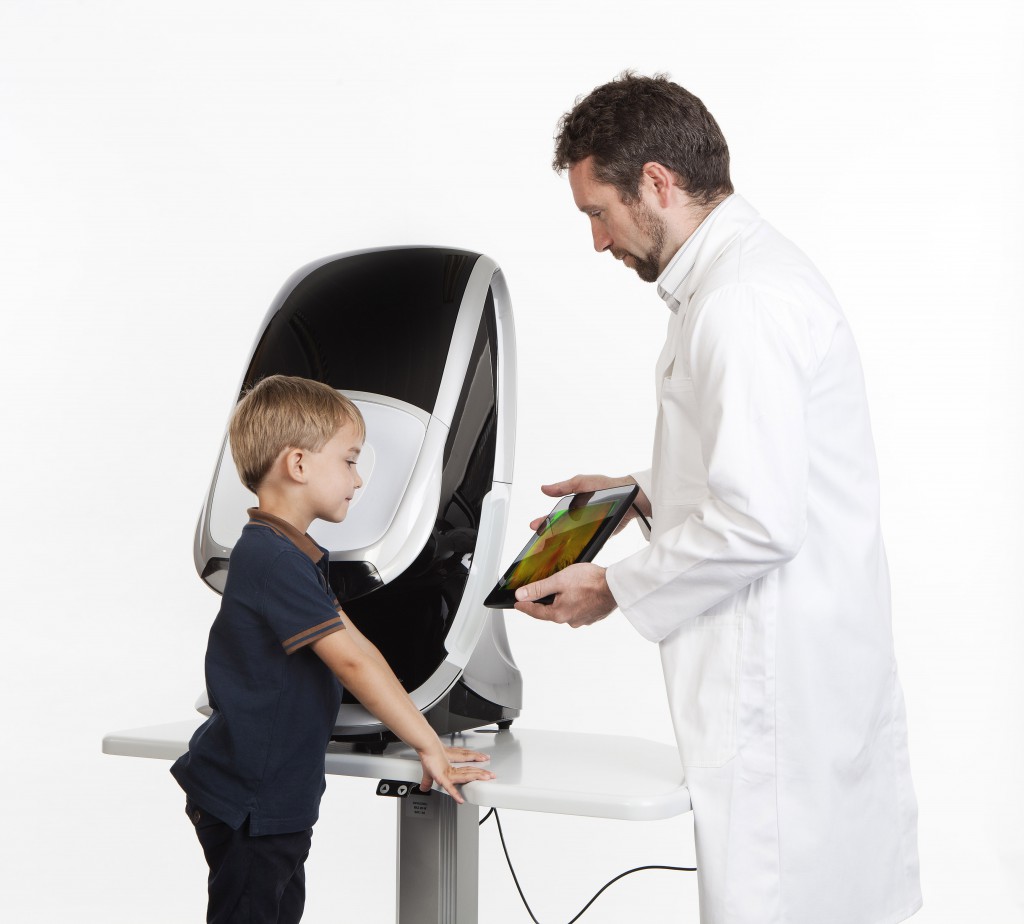Eye Exams – Far More Important Than You Think
The annual eye exam. It’s on everyone’s “to-do” list, but it’s understandable why people tend to put it off – eyesight is something many of us take for granted. Before you push eye exams for you or your family further down the list, consider the following points:

Eye Exams – Far More Important Than You Think
1. Poor eyesight can hurt child development and learning
Babies, preschoolers and students all need good vision and healthy eyes to grow and learn. For babies, it’s an essential part of tracking, grasping and other basic skills that require eye-hand coordination. Preschoolers under five years of age need good eyesight in order to comprehend numbers, colors and shapes. Older children can’t read, write and learn at their grade level without the ability to clearly see the printed page and classroom presentations.
Remember, six out of ten people wear corrective lenses, which means the chances are good that your child will also need them.
Experts suggest that baby’s first eye exam should come at between six and twelve months, (an earlier exam may be needed if there are signs of vision problems). Absent any guidance from your doctor, your child’s next well-check eye exam should come at age three. Once in school, parents should note any indications of vision difficulties and schedule an eye exam every two years.
2. Adult eye exams are about much more than getting a new prescription
If you think that a comprehensive annual eye examination does nothing more than check your eyesight for an updated corrective lens prescription, think again. With almost thirty percent of those over forty years of age facing some type of ongoing vision impairment or disease, your optometrist or ophthalmologist will review your medical history, medication usage and examine you for evidence of a variety of eye conditions including glaucoma, cataracts and damage to the retina and cornea.
If you have high blood pressure or are diabetic, your annual eye exam will check you for signs of associated eye disease, such as diabetic or hypertensive retinopathy. Signs of retinopathy include changes in blood vessels and bleeding in the retina. Left untreated, retinopathy can lead to blindness.
3. Annual eye exams are a key part of managing age-related vision changes
Aging well is about actively managing the quality of life and an important aspect of that is eye health. Cataracts, which afflict over thirty percent of those aged 70 to 74 years of age, and over fifty percent of those over 80 years of age, are the most common, age-related vision impairment. Annual eye exams can track the progression of cataracts and help pick the right time for cataract eye surgery – the highly successful outpatient procedure that’s the most often recommended course of treatment.
Beyond cataracts, annual eye exams can uncover signs of other age-related impairments like glaucoma, diabetic retinopathy and age-related macular degeneration. Early detection and treatment can help seniors maintain their eyesight and keep their independence.
Children, adults and seniors all have a personal and vital stake in good eye health. Whether it’s for yourself, your children or your parents, put an annual eye exam on the top of your to-do list. We suggest that women and men include optomap in their annual eye exam. To find a provider near you, visit www.optomap.com.